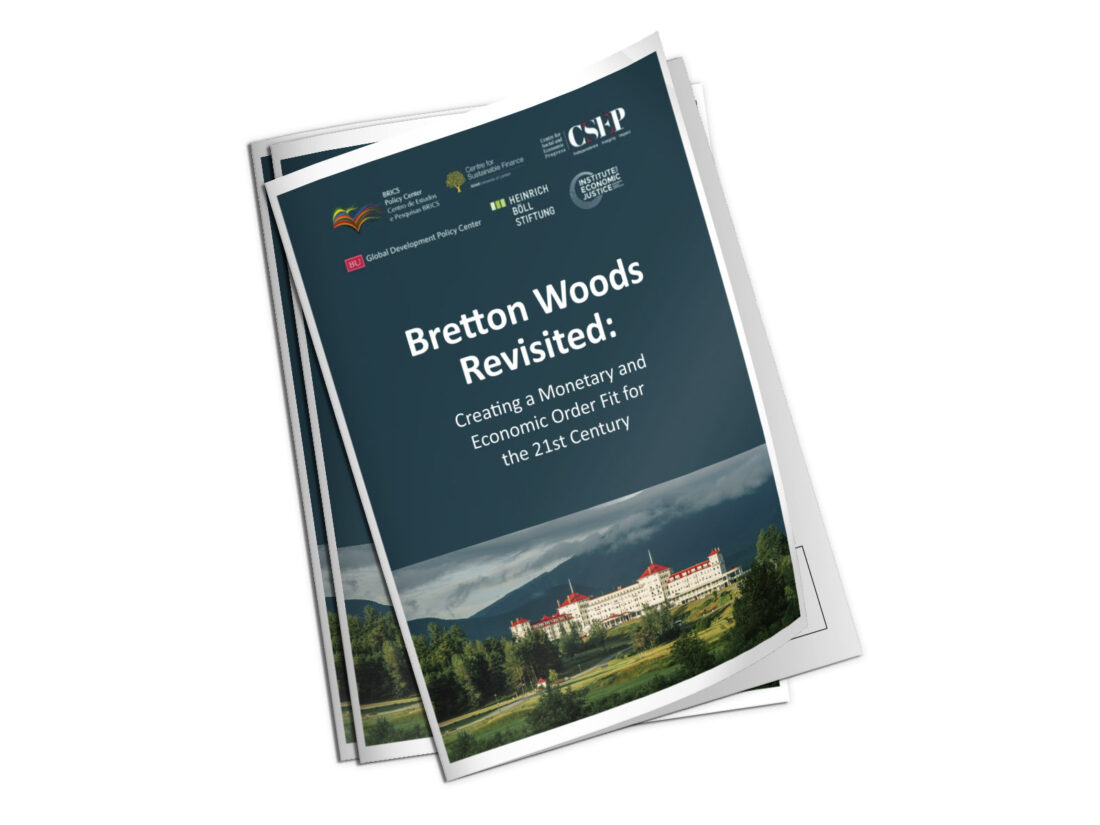
18 de June de 2024
In
G20 EN, Publications
Bretton Woods Revisited: Creating a Monetary and Economic Order Fit for the 21st Century
In July 1944, delegates from 44 countries participated in the United Nations Monetary and Financial Conference in Bretton Woods, New Hampshire to agree on a post-war order for the international monetary and financial system that would enhance macroeconomic stability and enable a battered European economy to recover from World War II. The resulting Bretton Woods agreement led to the establishment of a system of fixed but adjustable exchange rates centered around the US dollar and capital controls, as well as the creation of the World Bank and the International Monetary Fund (IMF).[/vc_column_text][/vc_column][/vc_row]


